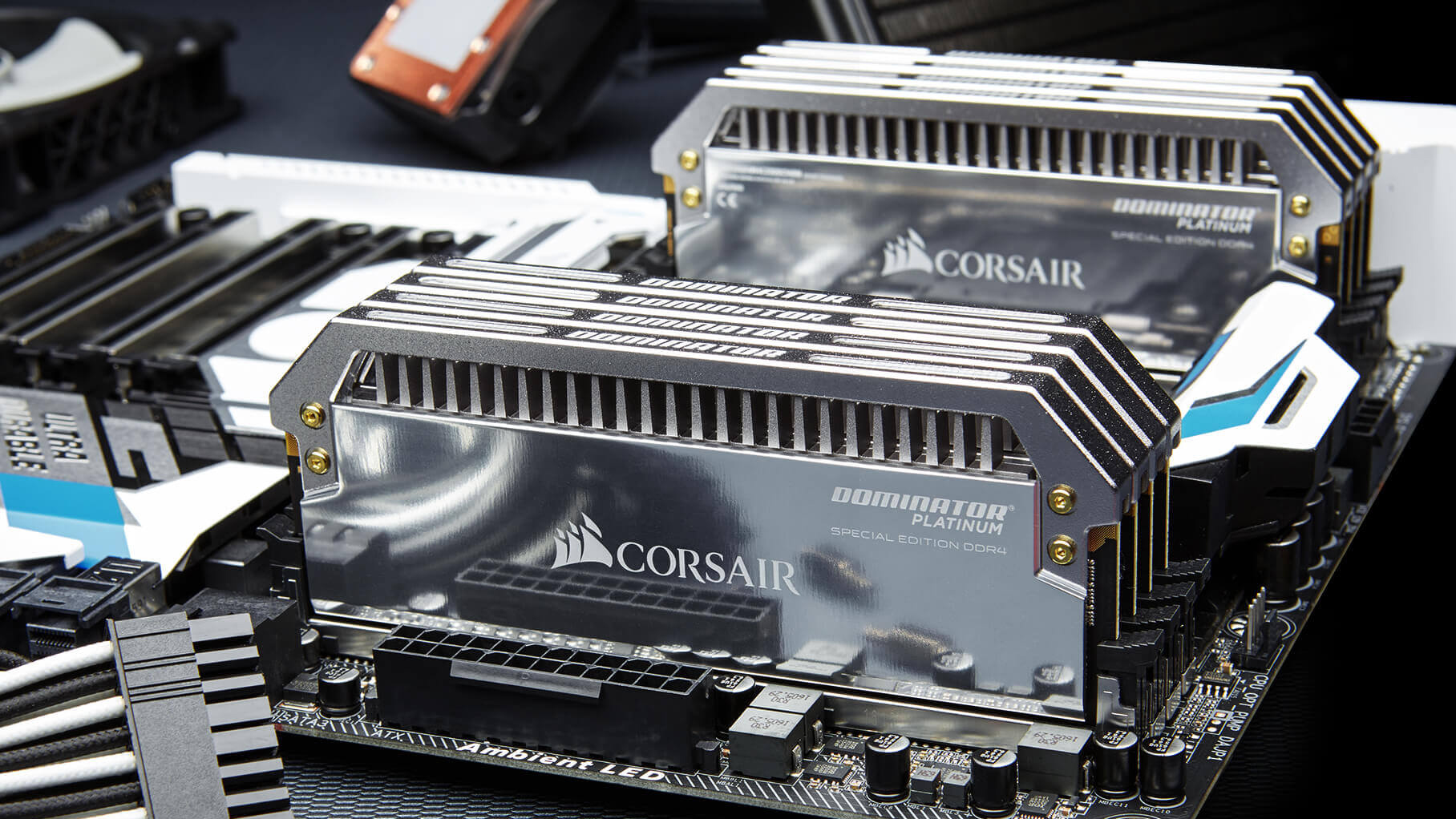AMD Zen 4 CPUs arriving in 2022 will be boosted by faster DDR5 RAM, rumor claims
Motherboards will have native USB4 support, too

AMD is set to introduce support for DDR5 RAM in 2022, according to a leaked roadmap.
Gamers Nexus claims to have received an internal AMD roadmap from a trusted source which shows that DDR5 support is arriving in 2022 alongside Zen 4 processors. The RAM will be available for desktops and laptops, with the latter having a low-power variant.
- Best RAM of 2020: the top memory for your PC
- There's a whole world of PC components out there
- We've chosen the best gaming laptops
DDR5 is the next-gen standard for system RAM, following on from DDR4 which is likely what you’ve got in your PC now (unless you have an old machine still running the previous generation DDR3).
Naturally, we have to remember that this is just a rumor, and for that matter, even if the AMD roadmap mentioned is genuine, the details put forward in these documents are often only estimations and are subject to change.
The report also contends that AMD will introduce native USB4 support in 2022 alongside DDR5, although motherboards will maintain PCIe 4.0 (in other words, PCIe 5.0 won’t be arriving until further down the line).
Bedding in
Bear in mind that even when DDR5 memory is supported and available to buy, it’ll need time to bed in. As we saw when DDR4 first launched, the initial offerings didn’t do much for performance compared to high-end DDR3 modules, and in fact were much the same. But over time, much higher speeds have been reached by DDR4, and the same will be true of DDR5.
At the beginning of the year at CES 2020, Micron announced that it had already started sampling new DDR5 SDRAM in data centers, and Samsung has indicated that it will begin mass production of DDR5 modules in 2021, with SK Hynix stating that it expects to do this even sooner – later this year, in fact.
Sign up for breaking news, reviews, opinion, top tech deals, and more.
A lot of the initial usage will be in smartphones, and we can doubtless expect to see DDR5 in more handsets soon enough (it’s already used in Samsung’s Galaxy S20).
DDR5 offers double the memory bandwidth compared to DDR4 and greater power-efficiency to boot, among other benefits. But as mentioned, in the early days on the PC platform it will be as much of a marketing coup as anything. Furthermore, it’ll doubtless be costly in its initial incarnations, so top-end DDR4 modules will remain a strong choice in terms of price/performance ratio (and should be relevant for a good time to come yet).
- Here are the best graphics cards of 2020
Via Neowin
Darren is a freelancer writing news and features for TechRadar (and occasionally T3) across a broad range of computing topics including CPUs, GPUs, various other hardware, VPNs, antivirus and more. He has written about tech for the best part of three decades, and writes books in his spare time (his debut novel - 'I Know What You Did Last Supper' - was published by Hachette UK in 2013).